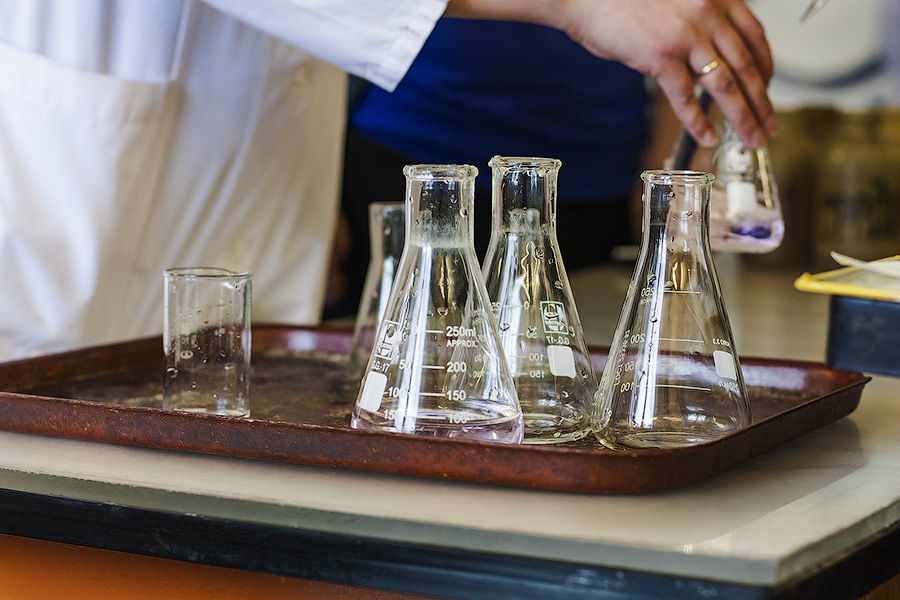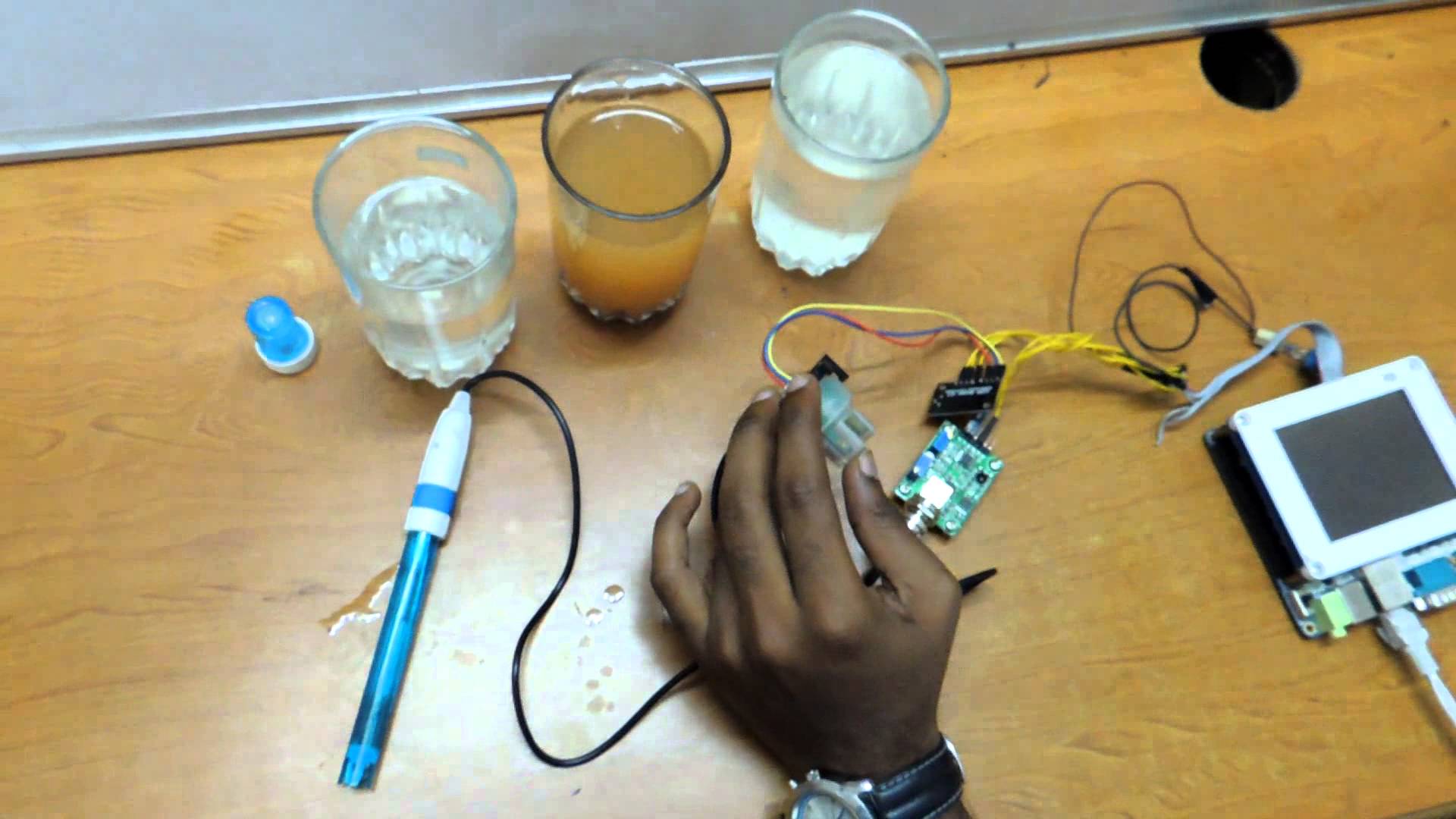The concept of error in water quality analysis
Water quality analysis and monitoring need to use a variety of measurement methods to complete the experiment. Because the measured numerical form can not be expressed in finite digits, and due to the lack of cognitive ability and the limitation of scientific and technological level, the measured value is not completely consistent with its true value, and the expression of this contradiction in numerical value is error. Any measurement results have errors, which exist in the whole process of all measurements. The so-called true value refers to the objective value or actual value reflected by the effect of a certain amount at a certain time and a certain position or state.

Causes of error of water quality analyzer
Errors can be divided into systematic errors, random errors and negligent errors according to their nature and causes.(1) Systematic error, also known as measurable error, constant error or bias error, refers to the difference between the overall mean value and the true value of the measured value, which is caused by some constant factors in the measurement process. Under certain measurement conditions, the systematic error will be repeated, that is, the magnitude and direction of the error are almost the same in repeated measurements. Therefore, increasing the number of measurements does not reduce the system error.
(2) Random error, also known as accidental error or unmeasurable error, is caused by the joint action of various random factors in the measurement process.
Random error is caused by many uncontrollable or uncontrollable factors which can affect the measurement results, such as the fluctuation of ambient temperature, the small fluctuation of power supply voltage, the noise of instrument, the small difference and inconsistency of judgment ability and operation technology of analysts. Therefore, random error can be regarded as the superposition of errors caused by a large number of random factors.
(3) Gross error is also called gross error. Such errors obviously distort the results of measurement, which are caused by improper errors in the process of measurement, such as unclean utensils, wrong reagent addition, misuse of samples, mass loss of samples during operation, detection of abnormal water quality analysis instruments, wrong reading, recording and calculation errors. There is no certain rule of negligent error.

Methods to reduce the error of water quality analyzer
(1) Reduce the instrument system error.1) The instrument is calibrated before use
Before measurement, the instrument is calibrated in advance, and the correction value is applied to the correction of measurement results.
2) The blank test was carried out
The blank test results are used to correct the measurement results to eliminate the errors caused by the impure reagents.
3) Comparative analysis was conducted
One is to use the reference material and the actual sample under the same conditions, when the measured value of the reference material is within the allowable error range, the systematic error of the method can be considered to have been eliminated; the other is to adopt different analysis methods to correct the error of the current analysis method.
4) Carry out recovery test
The substance with similar composition as the actual sample is prepared by artificial synthesis method, or the known amount of reference material is added into the actual sample, and the measurement is carried out under the same conditions to observe whether the result can be quantitatively recovered, and the recovery rate is taken as the correction factor.
(2) Reduce random error.
In order to reduce the random error, the test conditions must be strictly controlled and all operations should be carried out correctly according to the analysis operation rules. In addition, the compensation of random error can be used to reduce the random error by increasing the measurement times.
(3) Eliminate the error of negligence.
The key to eliminate the negligent error lies in the fact that the analyst must develop good working habits of concentration, conscientiousness and meticulousness, and constantly improve the level of theory and operation technology. The measurement data with gross error often appears as outlier data, which can be eliminated by statistical test method of outlier data.



